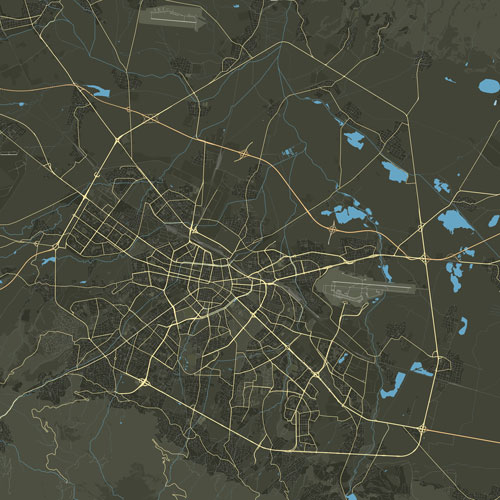The “Sugar Factory” neighborhood, nestled in the northwestern part of Sofia, Bulgaria, within the Ilinden district, derives its name from the historical “Bulgarian Sugar Factories and Refineries” that operated from the late 19th century until the mid-20th century. As of 2023, the neighborhood, surrounded by key landmarks like West Park, Slivnitsa Boulevard, and Suhodolska River, encompasses a diverse mix of economic-administrative zones, residential complexes, and industrial areas.
The district’s layout and town planning reflect its historical roots, with remnants of the Old Sugar Factory still present in the southern part. Unfortunately, despite its status as a cultural monument of national importance, the factory’s buildings have suffered neglect and legal disputes, hindering their use.
In terms of architecture, the residential area along Slivnitsa Boulevard boasts around 40 low-rise blocks from the 1940s, showcasing the neighborhood’s historical development. The northern and northeastern sections witnessed the construction of approximately 20 taller residential blocks in the latter half of the 20th century. Notably, an unregulated gypsy ghetto exists in the northwestern edge near the Suhodolska River.
The neighborhood’s infrastructure is anchored by Slivnitsa Boulevard, a vital transport link served by bus lines 83, 309, and 310, as well as trolleybus lines 6 and 7. Kukush Street, a major internal road, connects the district with “Sveta Troitsa” and other parts of Sofia.
The Sugar Factory district accommodates essential institutions, including the district administration of “Ilinden,” and educational facilities such as the renovated municipal school now utilized by the private Lebanese school “Jubran Khalil Jubran.” Kindergarten No. 179 “Sinchets” and Kindergarten No. 158 “Zora” serve the residential area, along with a branch of Kindergarten No. 52 “Ilindenche.”
Historically, the sugar factory, inaugurated on November 28, 1898, played a pivotal role in the district’s formation. Over the years, serious investments and expansion took place, turning it into a significant industrial complex. The neighborhood witnessed a significant event in 1918, hosting the bloodiest clash of the Military Uprising near the factory.
In 1941, construction initiatives led to the establishment of workers’ apartments, and subsequent projects further shaped the residential landscape. The 110th elementary school “Prof. Gavril Katsarov” operated in the area until 2009 when it closed due to a lack of students. These historical milestones contribute to the unique identity and narrative of the Sugar Factory neighborhood.

